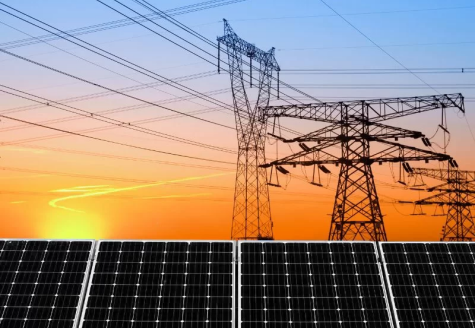In a photovoltaic system, the electricity generated flows from the photovoltaic modules to the inverter, which converts direct current to alternating current. This AC power is then used to power loads such as appliances or lighting or fed back into the grid. However, in some cases, the flow of electricity can be reversed, especially when the photovoltaic system produces more electricity than the load requires. In this case, if the PV module is still generating power and the load consumes little or no power, there may be a reverse current flow from the load back to the grid, causing safety hazards and equipment damage.
To prevent this reverse current flow, photovoltaic systems are equipped with anti-reverse current devices or features. These devices ensure that current flows only in the desired direction, from the photovoltaic module to the load or grid. They prevent any current backflow and protect systems and equipment from potential damage. By incorporating anti-reverse current functionality, PV system operators can ensure safe and efficient operation, eliminate reverse current risks, and comply with safety standards and regulations.
The main principle of inverter backflow prevention is to detect the voltage and frequency of the power grid in real time to realize the control and regulation of the inverter. The following are several methods to realize the inverter anti-backflow:
DC detection: The inverter directly detects the direction and size of the current through the current sensor or current detector, and dynamically adjusts the output power of the inverter according to the detected information. If a reverse current condition is detected, the inverter will immediately reduce or stop supplying power to the grid.
Anti-reverse current device: An anti-reverse current device is usually an electronic device that detects a reverse current condition and takes appropriate control measures. Typically, a backflow prevention device monitors the voltage and frequency of the grid and, when it detects a backflow, immediately adjusts the output power of the inverter or stops the delivery of power. The backflow prevention device can be used as an additional module or component of the inverter, which can be selected and installed according to the requirements of the inverter.

Energy storage devices: Energy storage devices can help solve the inverter’s backflow problem. When the power generated by the inverter exceeds the load demand of the grid, the excess power can be stored in an energy storage device. Energy storage devices can be battery packs, supercapacitors, hydrogen storage devices, etc. When the grid requires additional power, the energy storage device can release the stored power and reduce the dependence on the grid, thus preventing backflow.
Detecting Voltage and Frequency: The inverter not only detects current to determine whether reverse current occurs but also monitors the grid voltage and frequency to realize anti-reverse current. When the inverter monitors that the grid voltage or frequency is out of the set range, it will reduce or stop delivering power to the grid to prevent reverse currents.
It should be noted that the exact method of realizing inverter backflow prevention will vary depending on the brand and model of the inverter. Therefore, it is recommended that when using the inverter, read the product manual and operation manual carefully to understand the specific realization and operation method of its anti-reverse current function
Post time: Jul-21-2023